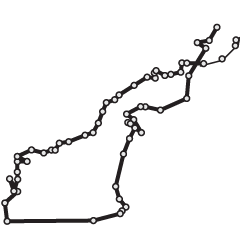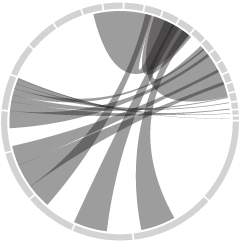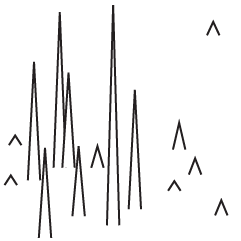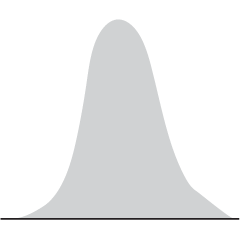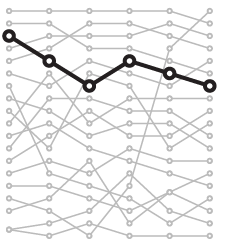Katherine Sayre, for The Wall Street Journal, on Las Vegas casinos squeezing out more juice:
Gambling companies such as MGM Resorts and Caesars, the two biggest operators on the Strip, have reduced how much they will pay for winning hands at blackjack at many of their tables, data show.
Blackjack, a fast-paced card game, historically paid out a ratio of 3:2 when a player hit 21 on the first two cards. That means a gambler wins $15 for every $10 bet. Now, many blackjack tables on the Strip pay out at 6:5, which means that same $10 yields only $12.
During my very first advanced probability course in college, the professor went right into the math of “the house always wins.” It only takes a tiny house advantage to guarantee you lose all your money over a long enough period of time.
For example, it would seem that if you play Blackjack following the same strategy as the dealer, the odds of you winning and losing would be even. But the dealer will always take your money if you bust, regardless of what hand they get. That’s enough advantage for the casino. Well, it was enough, until they started paying out less and increasing minimum bets.

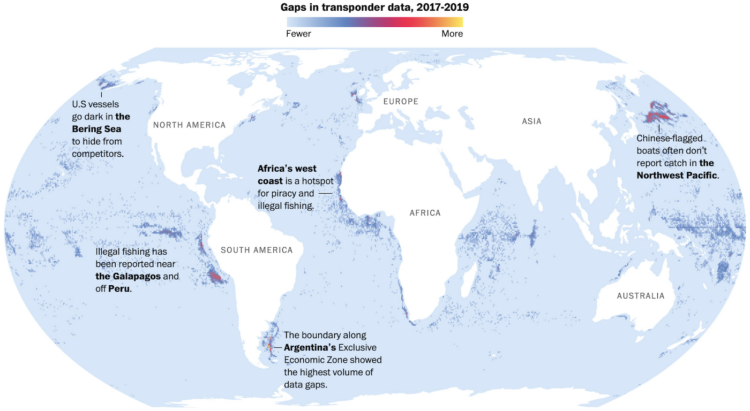


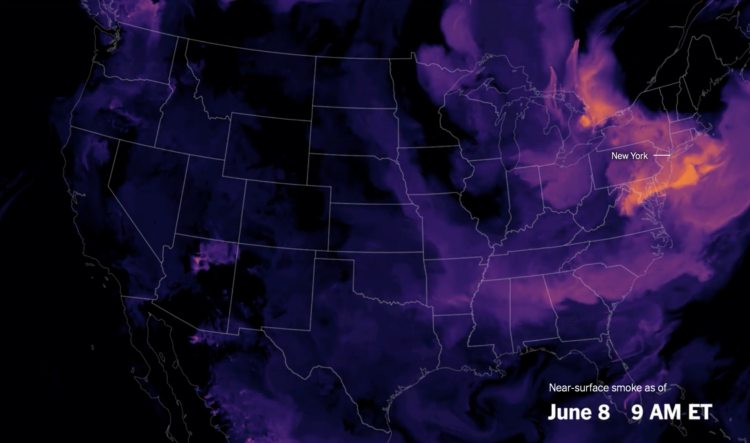
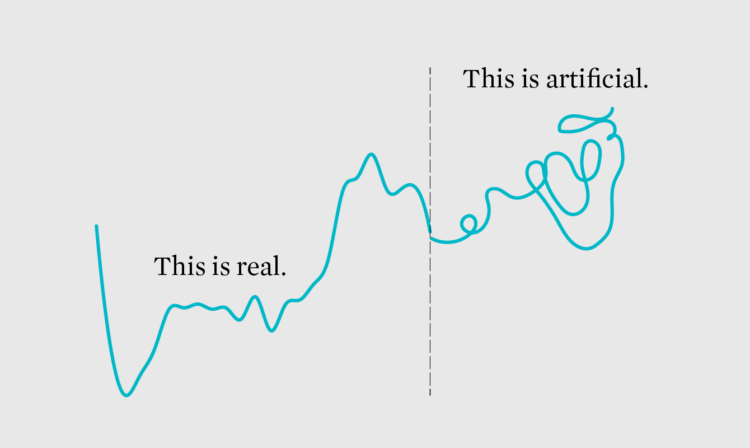
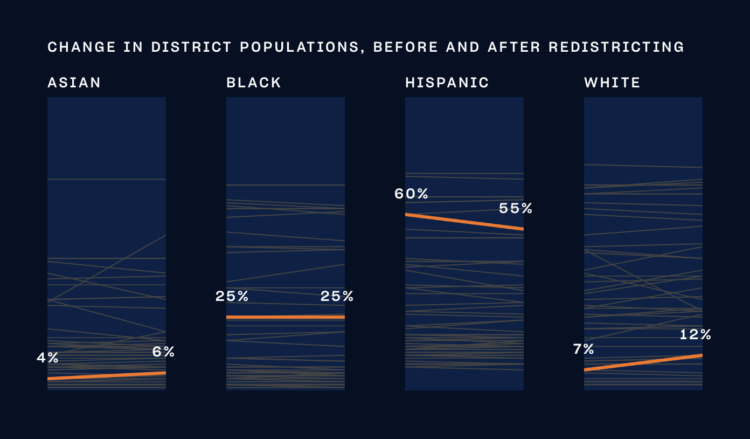
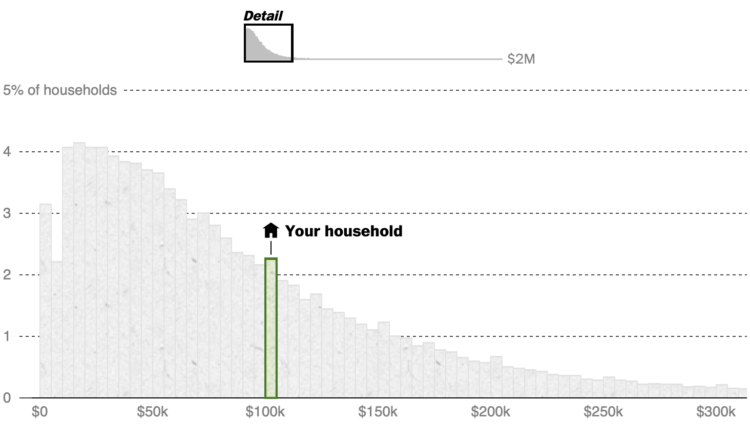
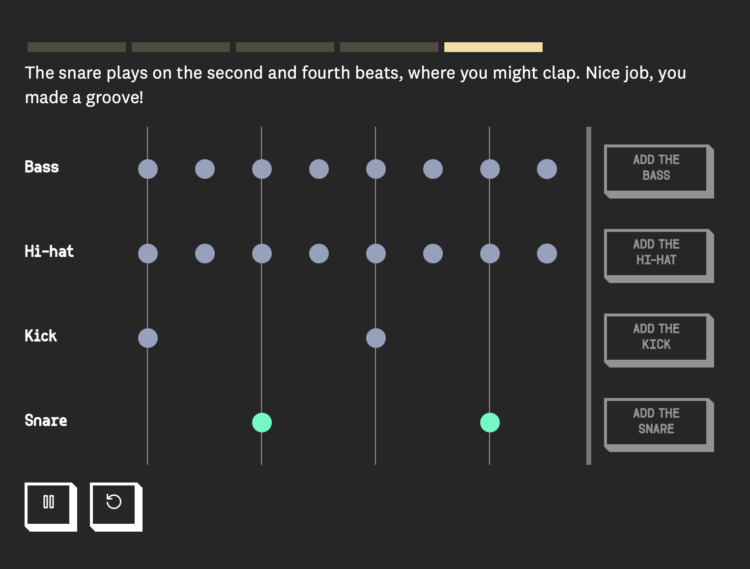
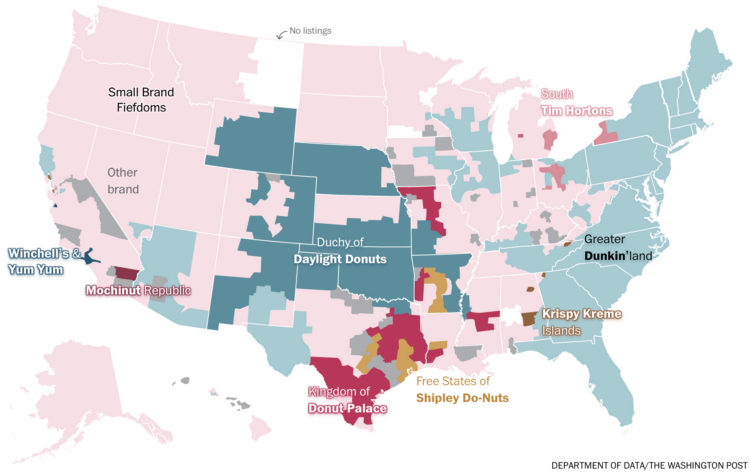
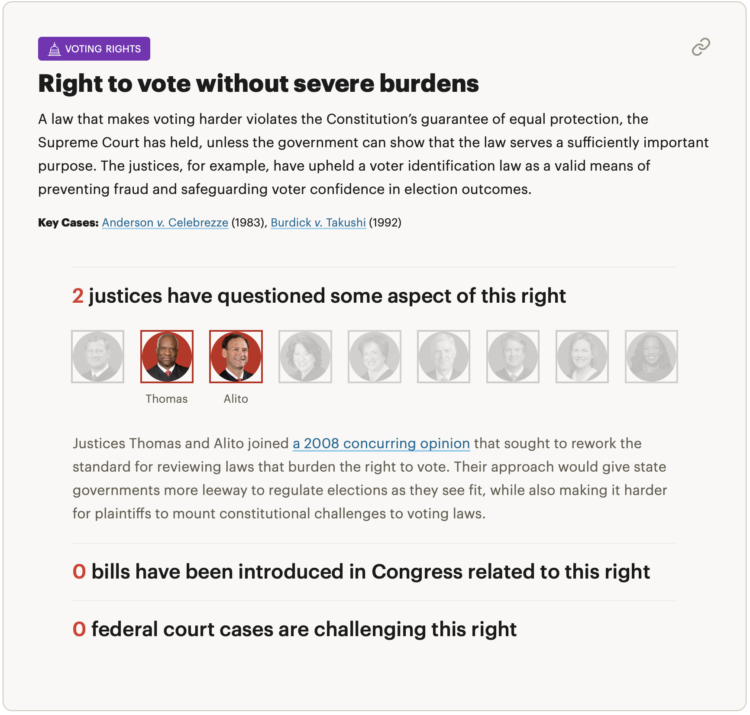



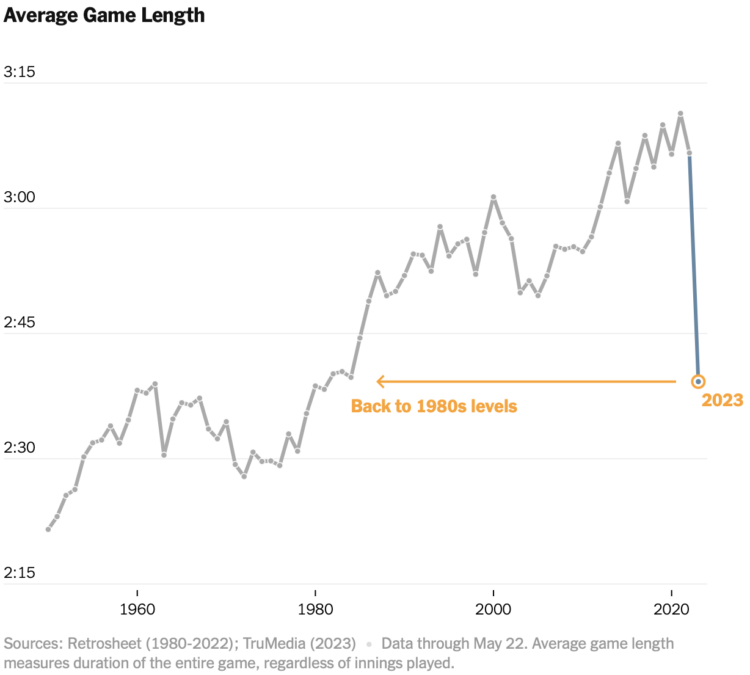


 Visualize This: The FlowingData Guide to Design, Visualization, and Statistics (2nd Edition)
Visualize This: The FlowingData Guide to Design, Visualization, and Statistics (2nd Edition)
